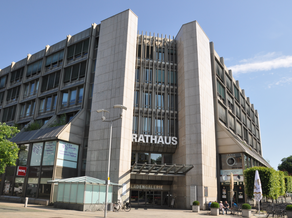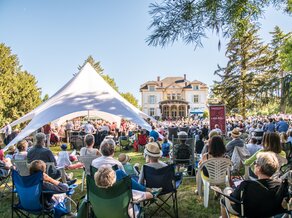The area to the south, which is surrounded by the natural forest, is overgrown with conifers, mainly Douglas fir and thuja, and is left out of the area.
It can be assumed that many of these old trees, especially the oaks, were planted before 1800 at the time when the landgrave's garden landscape was created.
With a forestry set-aside, the old Landgravian oaks will be preserved in their natural state for many years to come. Instead of timber harvesting, an ecologically extremely valuable slow decay process takes place, which is just as important for wood-dwelling insects such as hermits, rhinoceros beetles and stag beetles as it is for cave-dwelling woodpeckers and bats.
A fundamental idea at the time of the landgrave's garden landscape was "back to nature" (Jean-Jacques Rousseau). The current nature conservation movement takes up this approach with measures such as taking forests out of use. The established deciduous forest structures will develop into a natural mosaic of age phases from the juvenile phase to the decay phase with the decommissioning. For walkers in the garden landscape, there will be "infinitely" diverse opportunities for experience and food for thought in the sense of "back to nature". The forest in the Middle Ages was an overused forest.




